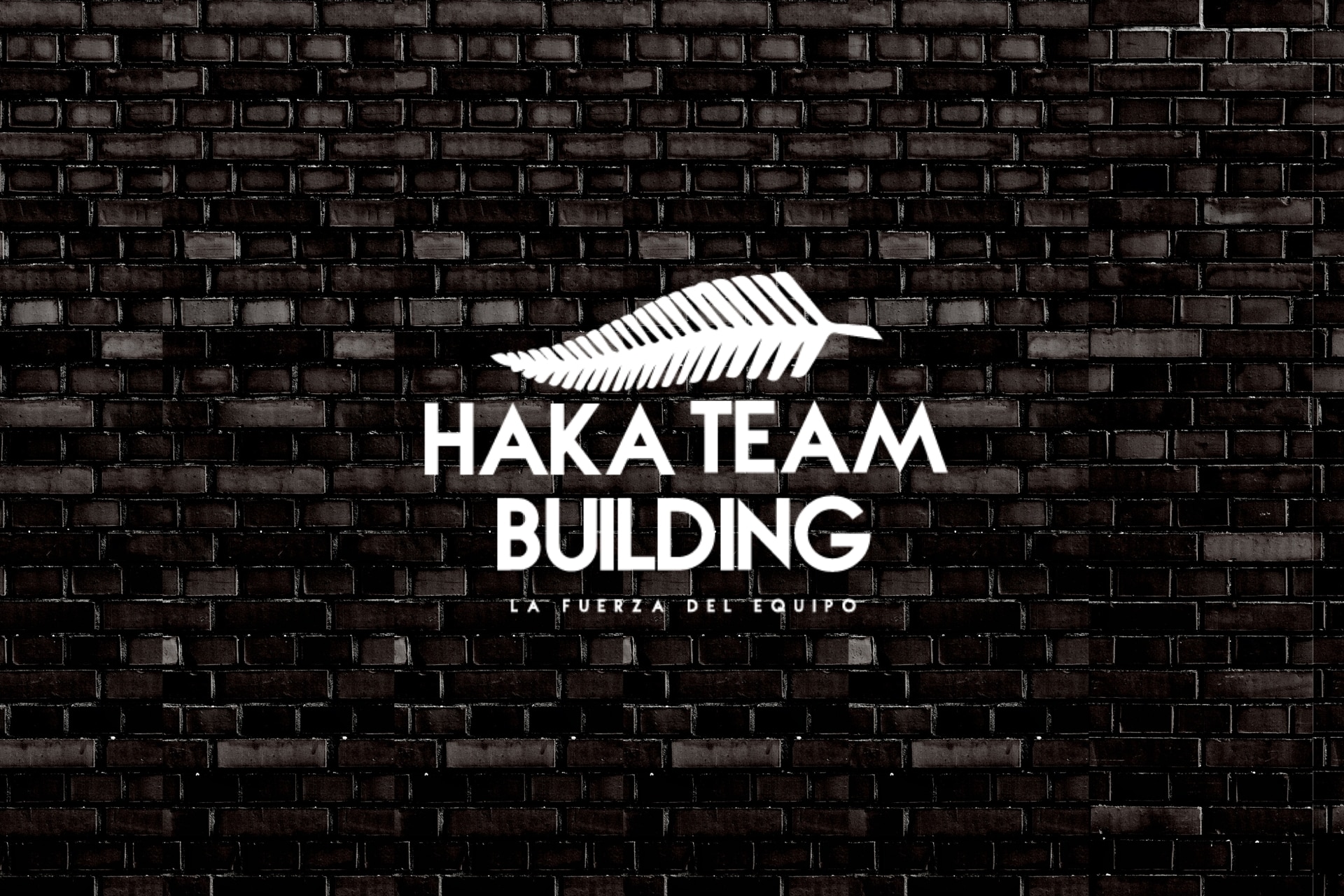The Kaizen Method
Continual improvement
History has shown us that when circumstances are adverse and resources are scarce, the power of ideas is the best tool to overcome all difficulties.
After the Second World War, Japan was a defeated country, full of doubts and with a fragile and weakened economy, very far from the image we have today of the Asian power.
Over the next four decades, the Japanese government, together with the businessmen of that country, were committed to the task of rebuilding and strengthening the economy, developing various initiatives focused on improving and modernizing the various internal processes of companies. To this end, seminars, courses and studies were held, all with the sole purpose of better understanding the operation of a company, to improve and update it, and thus position the Japanese industry as one of the most powerful and efficient of the world.
Concepts such as quality control were introduced and modernized, which would apply for the first time to the entire company, audit processes and endless other exercises to improve production systems.
This is how the concept of “Kaizen administration” began to be developed and used in the Japanese business world.
Later, in the 80s, the prominent Japanese organizational theorist and management consultant Masaaki Imai, developed the Kaizen method and, through his book “Kaizen, The Key to Japanese Competitive Advantage” revolutionized the world of business efficiency.
The word Kaizen is the union of two Japanese concepts:
KAI which means change and ZEN which means goodness or good .
In simple words: Kaizen means improvement and, applied to the world of organizations and their operation, the Kaizen concept refers to “progressive and continuous improvement” that integrates all those involved in the success of an operation, workers, administrative and managers.
In a philosophical application, the Kaizen concept proposes continuous improvement in all areas of life, whether personal, work or family.
There is an instinct in the human being to be better and better, a predisposition to grow and evolve, Kaizen, seeks to extend this trend to the place where people spend 1/3 of their lives, the workplace and for this it is necessary to involve all the members of a team in this task, that of improving their own work environment, since they all have something to contribute from their unique and particular perspective.
It is very important to convey to the workers that Kaizen is not an end in itself, but a means, to achieve a constant and organic improvement of all the processes involved in the development of projects and production.
The way is the end.

Do you want to contact us?
Work better
The Kaizen method fixes all attention on quality before any other factor. This point is central in all the development processes of a company, from human relations, within a team, to the design of the machines with which the products are made, through the training that workers receive to deliver a better customer service.
Starting from this premise, Kaizen’s work focuses on two main areas:
-
Customer satisfaction
Getting satisfied customers is central to having a successful company, which is why the Kaizen method begins by detecting and understanding the customer’s needs and expectations, and then serving and exceeding them. This is how all the services and products that a company offers to its clients must satisfy the client’s needs and expectations in all areas, be it cost, quality, deadlines, etc.
Products and services must always be improving to add value to them and thus exceed not only customer expectations but also the competition.
-
Process improvements
In order to achieve customer satisfaction and maximum efficiency, each process carried out in the company must positively influence the product or service and the customer service, for this, it is necessary to carry out a thorough review to identify all processes that in one way or another, favor the customer experience with the company. After completing this diagnosis, it is possible to integrate these processes into the continuous improvement system. At the same time, all the processes that do not demonstrate any utility for the client’s well-being must be modified or eliminated. As we mentioned previously, the Kaizen method focuses its attention mainly on quality, and from there, generate all the changes and improvements, since Through it and its application in all areas and processes of a company, it can develop a successful and lasting career.
Kaizen tools and techniques
In order to develop greater customer satisfaction and an improvement in the quality of processes, the Kaizen method presents some techniques and tools that must be implemented in the company, these are:
- Total productive maintenance system (TPM): this technique is developed within work teams, to help them achieve their maximum efficiency potential, trying to prevent any situation that damages their processes.
- Total quality management system (TQM): this technique is used for continuous improvement in the control and management of a company’s processes, with a global vision of the entire system integrating all the workers involved in them.
- Suggestion system: With this technique, all workers are involved in improvement processes through suggestions. Being able to count on the vision of the workers about the processes of the company, changes the perspective absolutely, allowing to observe other points that should be improved.
- Quality control circles: This technique is focused on developing small groups of work and reflection, where employees propose changes, improvements or solutions for the various problems encountered in the production processes of the company.
A company in which it is operating under the concepts of the Kaizen method should not go a day without improving some aspect of its operation, This is a job that requires the commitment and involvement of the entire company because only in this way are dynamics of constant and incomparable benefits.
Trust and success
The Kaizen method proposes a series of guidelines that facilitate the success of a company in the process of continuous improvement.
Some of them are:
- In the area of human relations, trust is essential, which is why some premises are established to promote its development among the members of a team.
- Communication, knowing how to listen and transmit ideas.
- Respect for the other.
- The ability to self-criticism and to recognize one’s weaknesses.
- Motivation to function collectively.
- A constant search for improvement as human beings
- Transfer the prototype of worker and develop links between people.
- Eliminate ego and power disputes.
- Recognize and value successes.
- Strengthen the strengths of workers.
- No one is essential, but everyone is essential to the team.
- Trust in people’s abilities, hand over responsibilities.
The global view
We can summarize all the elements to be developed by the Kaizen method in these five steps also known as the 5-S which correspond to 5 Japanese words and concepts.
- Seire – Organization: Everything in its place and a place for everything.
- Seiton – Reduce searches: Facilitating the fluid movement of people, services or materials simplifies operation.
- Seiso – Cleaning: Cleaning and simplicity in all aspects of work, mean greater simplicity when it comes to working.
- Soiketsu – Standardization: When a procedure is simplified and its implementation, the processes are simpler and safer, avoiding
- possible setbacks.
- Shitsuke – Discipline: Discipline and good work habits based on agreed standards are essential and beneficial, whether these are among colleagues or in relation to clients. These concepts must be understood, learned and absorbed by all the members of the company so that the global process, of which they are part, works and reaches its maximum potential. Thus the continuous improvement work will be carried out in a fluid, successful and efficient way.
The message
Like our way of life, a company must be in a constant process of improvement, to grow, evolve and be competitive.
You must develop strategies and tools that allow you to be permanently improving your processes, involving your entire team at all hierarchical levels, sharing achievements and valuing good initiatives.
Innovation, is important, but small changes and improvements every day can lead a company to compete in a global market and thus achieve greater benefits.
The spirit and message of this transformative work is:
Make it better, make it better, improve it even if it is not broken or defective because if we do not do it we cannot compete with those who do.




